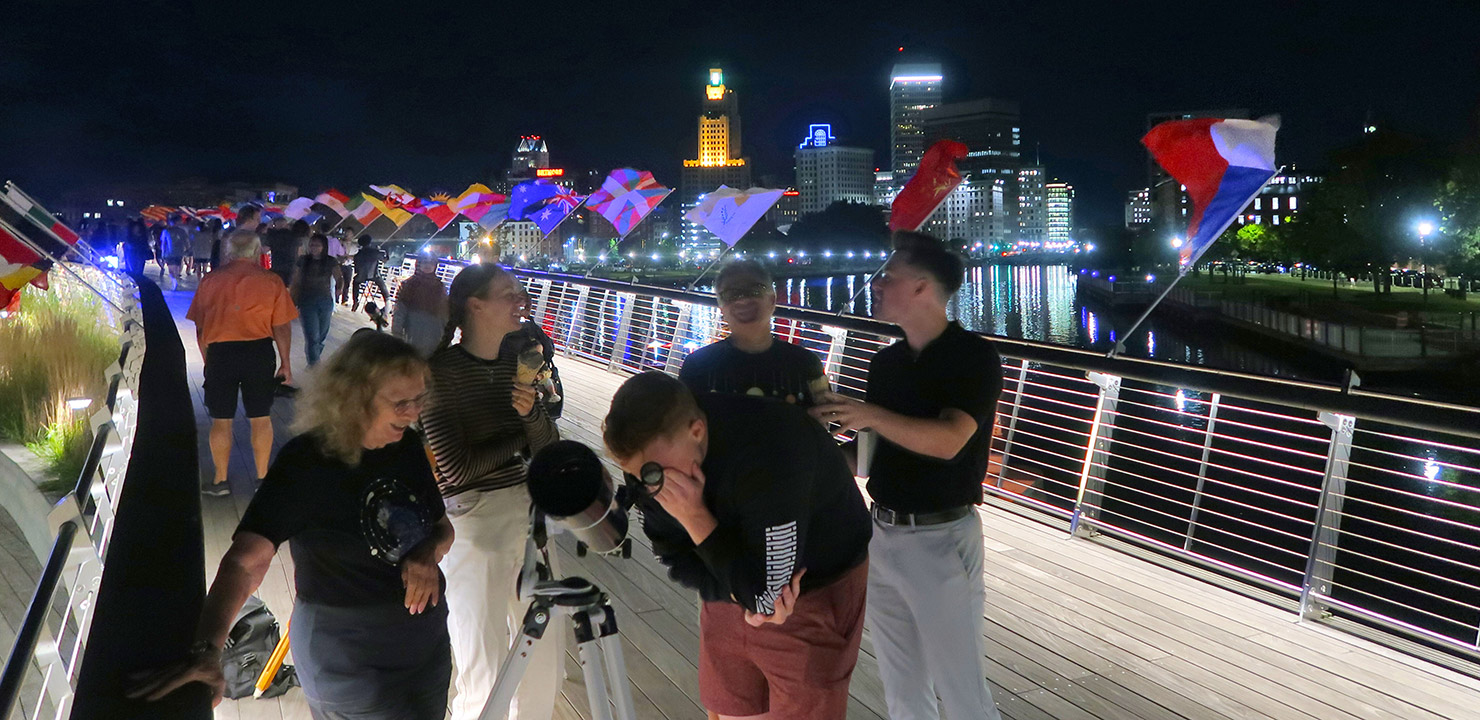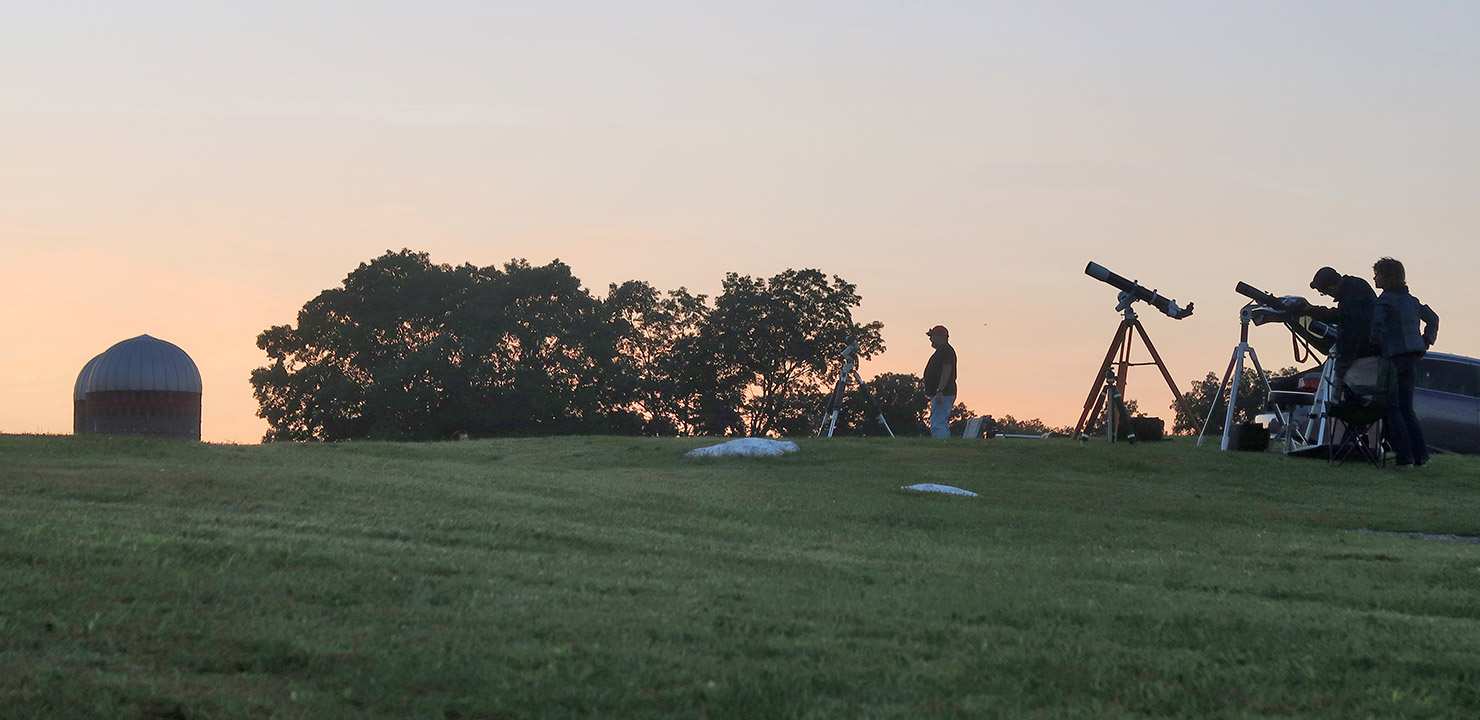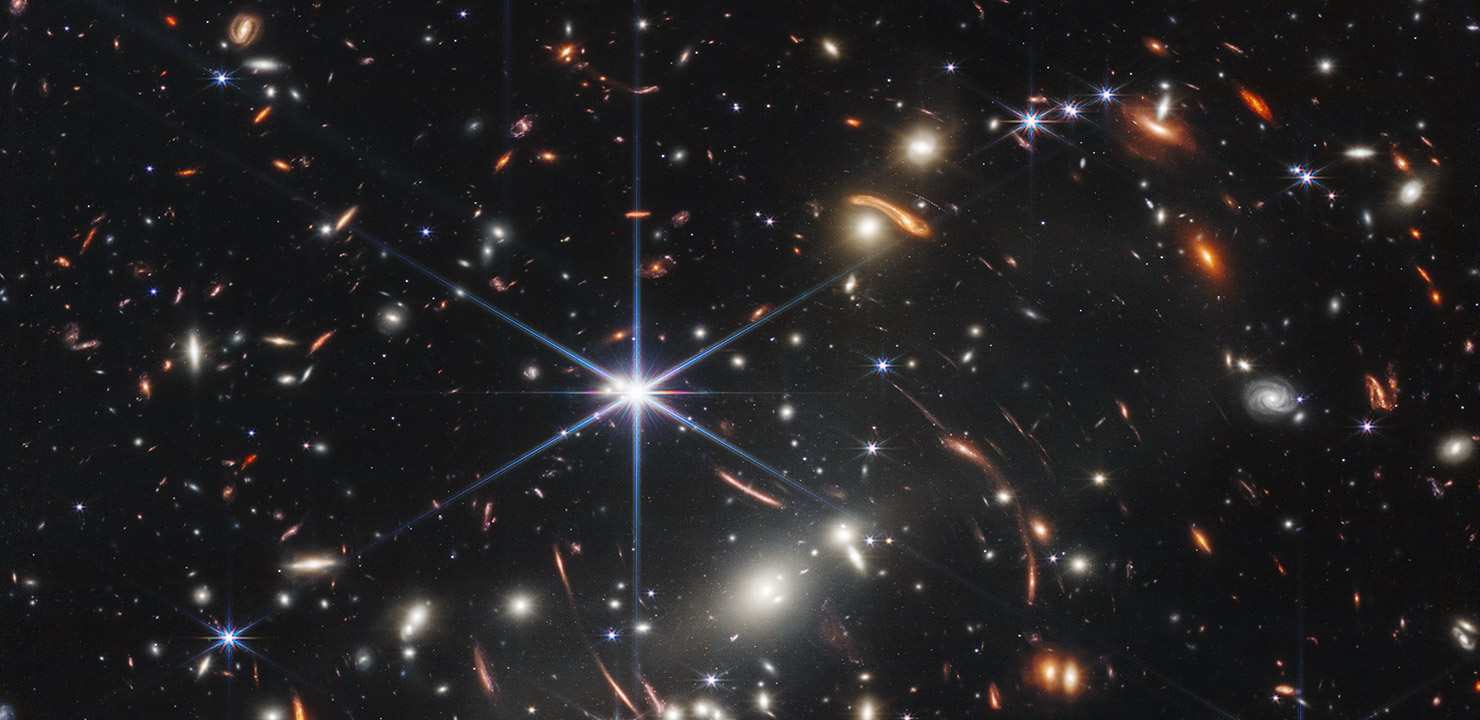September 2023
Short talks by members
Observing 8:30pm to 10pm, weather permitting
Social Hour
Swap Tables Open 10am to 5pm
Bring your own tables.
9am to Noon: Astrophotography Contest Submissions
In the display tent. Photos will need to be printed 8x10 or 11x14, mounted or framed. See Rules & Guidelines for more information.
Peering DEEP into the Andromeda Galaxy
Stephen LaFlammeThis would include a discussion of a few of the lesser known targets within the confines of M31. I will also present the story of that magical star within that helped determine the size of the universe in 1920.
A Brief History of the Charles Hayden Planetarium
Darryl Davis, Caity SullivanThe Charles Hayden Planetarium at the Museum of Science remains a staple of cultural institutions in New England. Opened in 1958, this Planetarium has generated fond memories for hundreds of thousands of visitors and continues to do so today. Join Darryl Davis, a star of the Charles Hayden Planetarium staff since the 1980s, as he discusses the rich history and progress of this stellar space!
Light Pollution Effects on Human Health and Environmental Damage
Mario MottaThere are strong economic and climate-related arguments for use of LED of street lighting around the world. However, not all LED light is optimal. Some LED lighting fixtures produce excess blue emission, harmful to both human health and the environment. The problem is with the disruption of circadian rhythmicity through suppression of melatonin production by the pineal gland. Melatonin has been shown to be an important adjuvant to the human immune system, and thus when suppressed has detrimental human health effects. Many white LED street lights have a spectrum that contains a strong spike in the blue wavelength, which is most effective at suppressing melatonin during the night. There is now voluminous data showing a higher risk of hormonally linked cancers with melatonin suppression.
Also, improperly designed lighting fixtures can result in glare, and create a road hazard condition. This can be greatly mitigated by proper design, shielding and installation so that no light shines above 80 degrees from the horizontal. The visual hazard by these very intense point sources is magnified by higher color temperature LEDs because blue light scatters more in the human eye, leading to increased disability glare and has serious implications for night-time driving visibility.
I will present research data on the harmful effects of excess light at night on both human health, safety, and environmental adverse effects
Five to Buy and Five NOT to buy - equipment recommendations from Ed
Ed Ting
Get Ready for Totality 2024
Sean WalkerWhat to expect to see in the path of totality next year, with tips on observing and photographing the event.
Food & Social Hour
(pizza, snacks, soda, water, coffee)
Awards & Raffle
Lunch
$15 per person, paid in advance. See registration form for choices.
Registration Open
Coffee & pastries provided. Registration cost (price includes evening pizza and snacks): members: $25, non-members: $30. (Registration coming soon)
Observing 8:00pm to 10pm, weather permitting
The observatory’s telescopes will be available for observing, or set up your own telescope on the grounds.


Starts at Sunset: September 14, 2023


Chase Farm: August 2023




